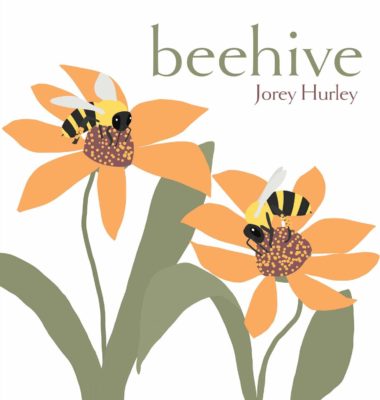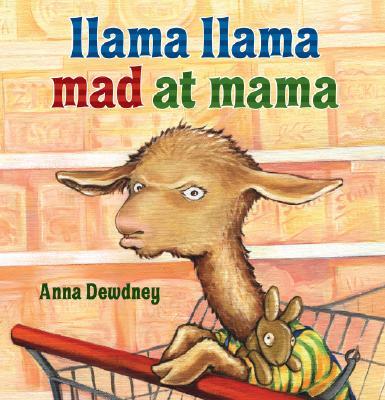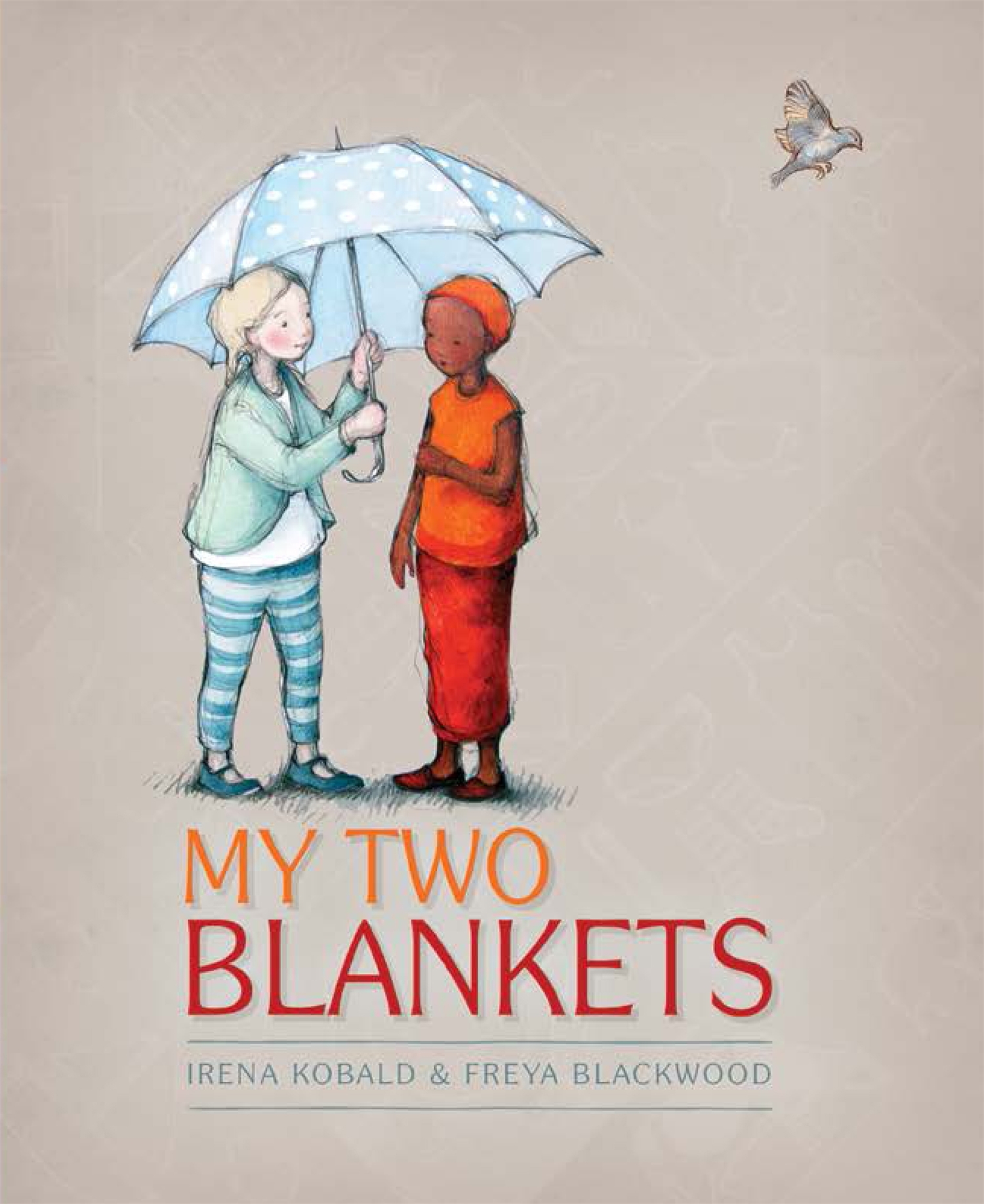Illustrated by the author

Published by Affirm Press, South Melbourne, Victoria, 2019
We have all been to funerals. Perhaps you remember going to a funeral when you were young. I have been too many times, it hurts to say goodbye to someone you once loved and who once lived their experienced-filled life. Funerals can be sad occasions, but every death makes you think more about life. And depending on your age, you can experience that loss in different ways, ask different questions, and accept or not accept what has happened.
It is unusual for a picture book to delve into the experience of going to a funeral service, but I think this one beautifully and tenderly captures the sorrow and joy of the occasion.
Norma, a young girl, is happy to have the day off from school and she knows she will meet up with her younger favourite cousin Ray at the church. Did you know that the word FUNERAL has FUN in it? The juxtaposition of the sorrow and sadness of the adults in the illustrations is very cleverly balanced by the joy of being young. My favourite spread is when Norma, sitting in the church pew during the long service, sticks her head in her mother’s handbag, and inhales the scents of her mother. When the organ plays its “swirling song”, rainbows come out of the pipes. Triangle sandwiches are eagerly eaten after the service and finally the children can be let out of church and into the gardens and graveyard beyond. Norma cartwheels over the green, green grass and with Ray they look for frogs and fish in the small pond. On the journey home, Norma reflects that Uncle Frank would have liked his funeral. I felt the same way when my father and father-in-law passed away. If only they could have been present with us and seen all those people gathered in the church, how amazed they would have been and how much they would have enjoyed the occasion.
Matt James has deftly portrayed a singular event from two perspectives. We see the adults doing their grown-up duties and we see the young ones doing their best to be part of something that they sort of do and don’t understand. What the young ones teach us however is this: we have life, we are alive, live it to the fullest today.
I can highly recommend this book for children 5-10 years. The illustrations are complex, but not overwhelming, the colours are vibrant but not sombre, and they enhance the text with pathos and insight. Painted with acrylic, Matt James has also used twine, cardboard, masking tape and scroll-sawn masonite to create his amazing artwork.
Here are more suggestions for further reading on the topic of grief and loss:

Illustrated by Ron Brooks

Robie H. Harris
Illustrated by
Jan Ormerod

by Judith Kerr

by Roddy Doyle
Illustrated by
Freya Blackwood

by Michael Rosen
Illustrated by
Quentin Blake

Bryan Mellonie
Illustrated by
Robert Ingpen

by Barbara Walsh
Illustrated by
Jamie Wyeth

Bill Salaman with John Burningham Illustrated by Helen Oxenbury

by Jackie Azua Kramer
Illustrated by Cindy Derby











































